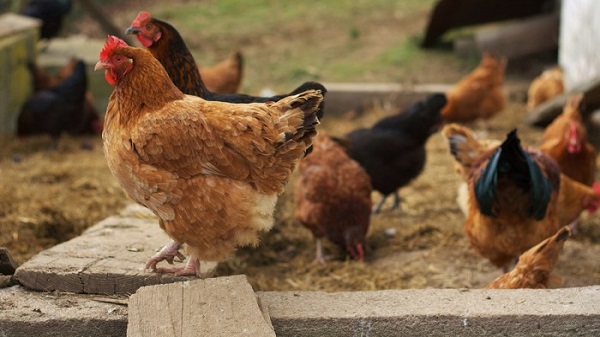
Ethiopia’s annual chicken production is currently about 50,000 metric tons, with yearly imports of about 1,000 metric tons. The country’s chicken industry, which is still in its infancy, holds considerable potential for growth, especially when considering that average per capita poultry consumption of 0.5 kg is among the lowest in the world. By comparison, per capita consumption in Sub-Saharan Africa is 2.3 kg.
Chicken Meat Production Expected to Grow in Response to Consumer Demand
Post forecasts that chicken meat production in 2017 will climb slightly from the previous year to 53,000
metric tons. Of this amount, only 3,000 metric tons or 6 percent is considered commercial broiler
production. Going forward, the amount of commercial broiler and backyard chicken production are both
expected to increase to meet growing consumer demand for inexpensive animal protein.
Most Chicken Production Done on Backyard Farms Using Indigenous Breeds
Ethiopia’s chicken meat production is almost entirely considered as informal backyard production, with
only a small portion consisting of commercial broiler operations. There are an estimated 350
commercial chicken farms in the country, many of which are located in a 100 kilometer-long corridor
that runs south of Addis Ababa. The farms are purposefully located in that corridor to have closer access
to feed, veterinary meds, other inputs and market outlets in Addis Ababa. Most of these farms are very
small with capacity ranging from 50 to 1,000 birds, while just 35 farms are considered medium (1,000-
10,000 birds) or large-scale operations (> 10,000 birds) by Ethiopian standards.
Read the complete story at: Ethiopia’s Demand for Chicken Meat is Expected to Grow
——
See also:
- Norfund Invests in a Beef Exporter in Ethiopia
- Importers Approve Ethiopia’s Livestock Quarantine System
- Finnfund to Invest in Ethiopian Poultry Company: EthioChicken
- EMDIDI: Ethiopia Set to Raise Meat, Meat Product Export Revenue
- Ethiopia Eyeing U.S.$12 Million from Ramadan Meat Export – EMDIDI
- VIDEO: Friendship Agroindustry Becomes the Second-biggest Chicken Supplier in Addis Ababa
